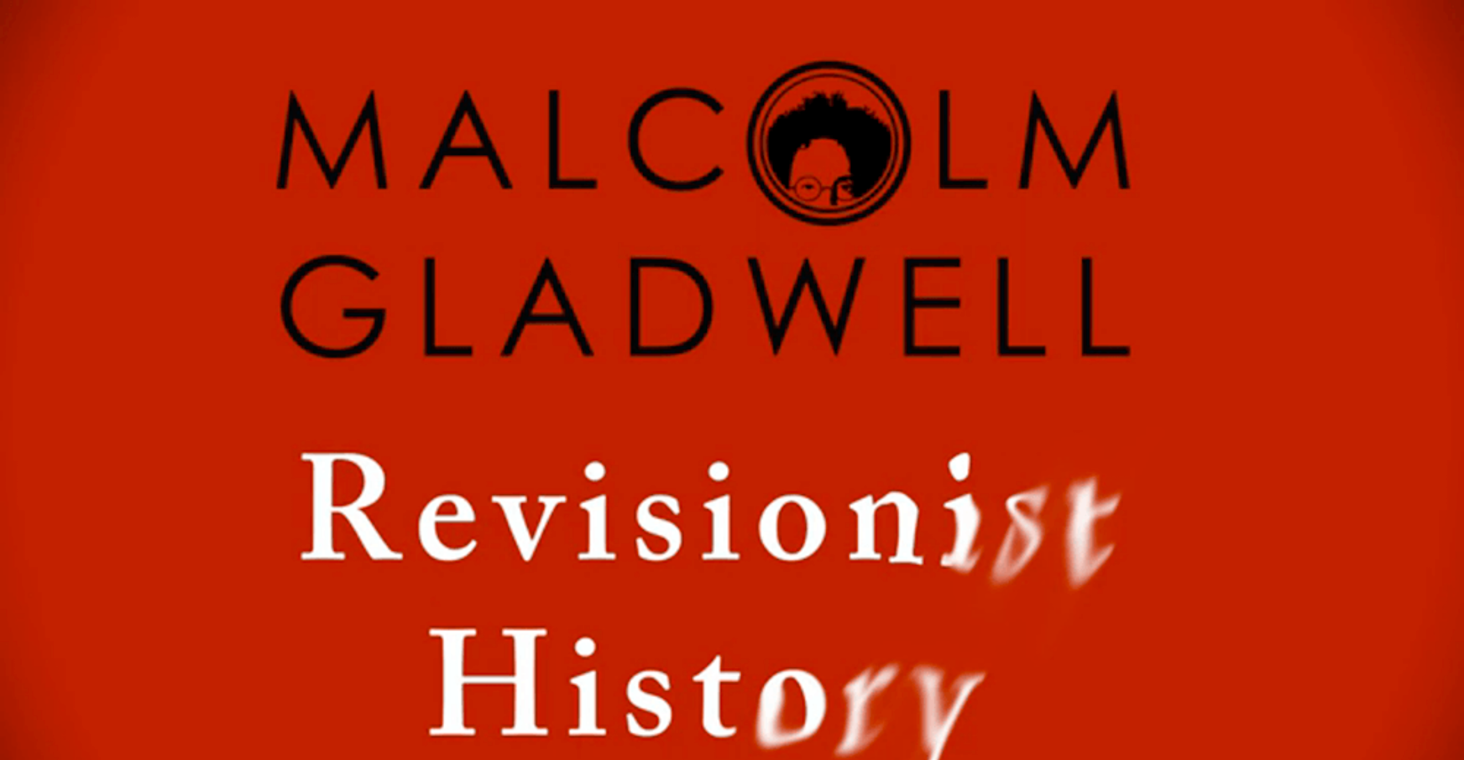So last year I got a lot of positive response to this lesson and I was hoping to repeat that success. Unfortunately I am not sure it lived up to my memory.
Positives:
In this lesson we are using the podcast The Foot Soldier by Malcolm Gladwell to discuss inherent bias.
In this lesson we will look at the above picture and try to decode it. What are we seeing happen here? Then we will listen to the podcast by Malcolm Gladwell. Is what we believe to have happened what actually happened?
Essential Question: Does the Foot Soldier of Birmingham statue have historical value?
Engage:
Explore:
Positives:
- The first two classes seemed to be paying attention to the podcast and thinking about what they were learning.
- The students did a good job explaining why they chose whether or not the statue had historical value.
- They didn't expect me to give them the answer.
- Students responded well when we took movement breaks.
Negatives:
- My third class, the one before lunch and also the largest at 27, had several students that were unfocused.
- Even with the longer class time I felt rushed to finish.
- I did not allow for any time for the students to share/discuss with each other, only with the whole group.
Things to change for next year:
- Set aside time for students to discuss amongst themselves what they are learning.
- Consider making this lesson more than one period.
I will have a better idea about how the students felt about the lesson on Wednesday when we do a quick review.
 |
| https://en.wikipedia.org/wiki/Revisionist_History_(podcast) |
In this lesson we are using the podcast The Foot Soldier by Malcolm Gladwell to discuss inherent bias.
 |
| https://en.wikipedia.org/wiki/File:Birmingham_campaign_dogs.jpg |
In this lesson we will look at the above picture and try to decode it. What are we seeing happen here? Then we will listen to the podcast by Malcolm Gladwell. Is what we believe to have happened what actually happened?
After the lesson you will need to answer these questions:
- Can the art we create be used to influence belief systems?
- As we examine the story as well as look at the statue and the picture from which the statue comes, what can we learn about ourselves and how we react based upon what we have learned?
- How will this change your view of historical artifacts as we move forward?
Essential Question: Does the Foot Soldier of Birmingham statue have historical value?
Engage:
Explore:
- Podcast Revisionist Thinking: Foot Soldier of Birmingham
- Transcript of the podcast.
- Birmingham Campaign Dogs Picture
- The statue is a misrepresentation of the facts. Does this matter as an art piece?
Evaluate:
- The students will question if the statue is a reliable historical source.
- Does the Foot Soldier of Birmingham statue have historical value?
- Can the art we create be used to influence belief systems?
- As we examine the story as well as look at the statue and the picture from which the statue comes, what can we learn about ourselves and how we react based upon what we have learned?
- How will this change your view of historical artifacts as we move forward?
No comments:
Post a Comment